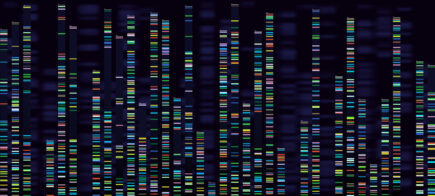Obtain accurate and reliable full length plasmid sequencing with our Next Generation Sequencing service.

Life Sciences
Robust transfection reagent for automated or manual High Throughput Screening
Versatile
Well-suited for adherent and suspension cells
Efficient
Fast methods to transfect cells for HTS
Robust
Exceptionally reproducible results
Flexible
Reverse, batch & forward protocols available
| Reagent | jetPEI® |
|---|---|
| Molecule delivered | DNA |
| Applications | Plasmid transfection |
| Cell types | Adherent and suspension cells |
| Number of transfections | 1 ml of jetPEI® is sufficient to perform up to 2000 transfections in 96-well plates. |
| Storage | Store jetPEI® at 5 °C ± 3°C. |
| Provided with | Provided with 150 mM NaCl solution for complex formation |
High-Throughput Screening (HTS) is widely used in pharmaceutical industry and basic & translational research to study biological processes. HTS bioassays are almost exclusively conducted in the microtiter plate formats (96, 384 or 1536 wells), which makes the use of a highly reproducible transfection reagent indispensable.
jetPEI® transfection reagent is a linear polyethylenimine derivative, free of components of animal origin, ideal for automated or manual High Throughput Screening in adherent and suspension cells. Three protocols are available: reverse, batch and forward.

These FAQs are organized by application to guide you to find the best answer possible.

You have access to all the documents related to the transfection reagent.

Search for publications in our Transfection Database with Polyplus transfection reagents

This lexicon will help you to understand the different terms related to Polyplus-transfection®.